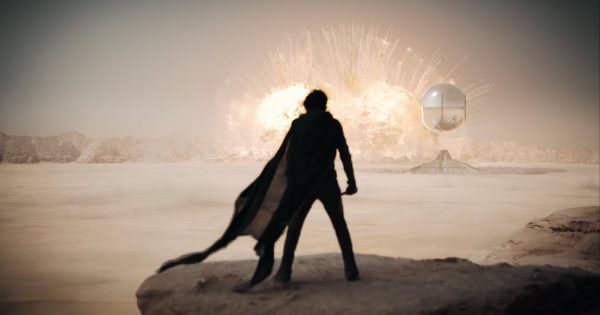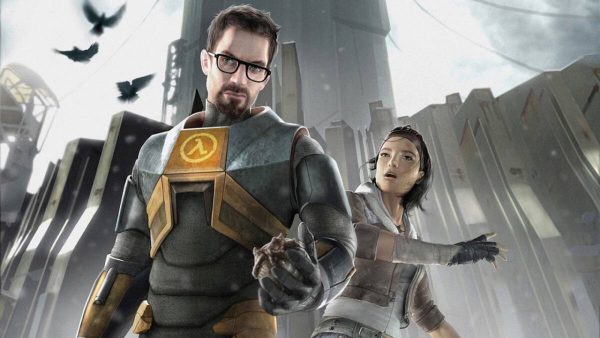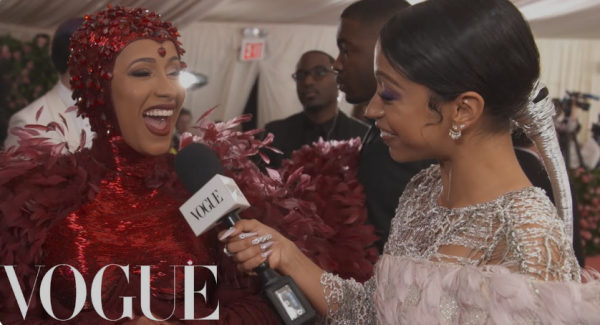Checking up on Mobile Suit Gundam: The Witch from Mercury
A&E writers Suyog Vibhuti ’25 and Jonathan Lin ’23 review the new anime television series, Mobile Suit Gundam: The Witch from Mercury
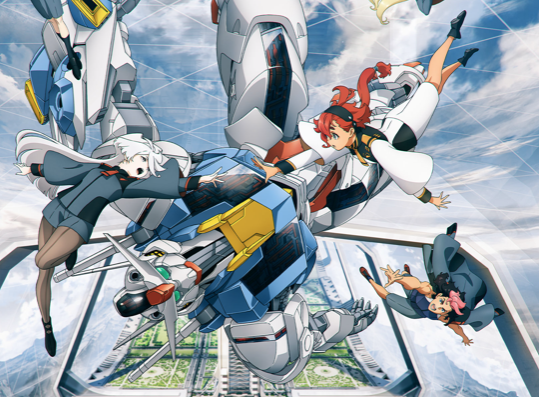
November 27, 2022
When the original Mobile Suit Gundam was first written out, a lot of fans expected a larger-than-life protagonist to wield a heroic robot mecha to save the day against an alien enemy, episode after episode.
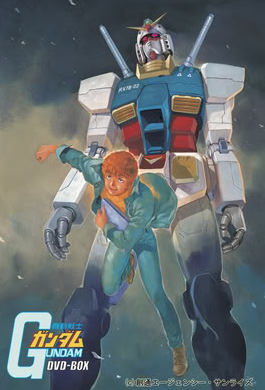
What they got was a series where humans fought humans, where the use of giant robots only helped make the conflicts worse. Its mechas, the title Gundams, were treated rather similarly to tanks in a way, and the show helped pioneer the “Real Robot” genre of similar, semi-realistic depictions of space warfare. After Bandai Entertainment released model Gundams, otherwise known as Gunpla, and several other toy kits and merchandise, the series started to spiral out of control in popularity and, in the modern age, it’s become ubiquitous with mecha anime, with its influence spanning far and wide.
The first Gundam series to air in five years, The Witch from Mercury has got a lot riding on it. While its predecessor, Iron-Blooded Orphans, was well received in the United States, it received harsh criticism in Japan for being too heavy-handed with its themes and having arbitrary character deaths. The comparatively softer start of Mobile Suit Gundam: The Witch from Mercury helps allow its character revelations to hold more weight as viewers get time to grow invested in them.
Suletta Mercury, the protagonist, is a girl hailing from the planet—you guessed it—Mercury. Upon her arrival at Asticassia School of Technology, she befriends Miorine Rembran, the deuteragonist, a girl wishing to escape. Under the piloting division of the school, she works in the operation of proprietary mobile frames. Yet, unbeknownst to everyone, even her mobile frame is a Gundam, which in this series are outlawed due to their typically harmful effects on users, though Suletta herself mysteriously experiences no side effects. The school itself is controlled by a conglomeration of separate businesses and corporations, for whom most if not all of the students serve as pawns. This idea serves as a major thematic background for the show, and it’s great seeing them reach for whatever freedom they can.
There have been numerous parallels drawn by the community in this regard to Revolutionary Girl Utena whose themes have long-lasting effects on LGBTQ representation in Western animation, most notably in Steven Universe and, to a lesser extent, Adventure Time. with frankly copious allusions in Suletta and Miorine’s relationship
Her friendship with Miorine is a core component of the series. In my opinion, Miorine brings a rough, abrasive, yet bold element of speech to complement Suletta’s shy but well-meaning actions, and that dynamic lets them bounce off each other really well. While the idea of opposites working perfectly together is obviously nothing new, this level of highly effective execution is much less common.

Another pretty large element is the romance, and while typically the melodramatic, unnecessary elements of romantic drama can be really distracting and unnecessary (cough, cough, The Legend of Korra), the use of romantic elements as a parallel to the greater, combat-heavy plot has managed to work here to great benefit. There have been numerous parallels drawn by the community in this regard to Revolutionary Girl Utena, a manga and anime series the director of The Witch From Mercury has also written for, whose themes have long-lasting effects on LGBTQ representation in Western animation; this is seen most notably in works by Rebecca Sugar, Steven Universe and, to a lesser extent, Adventure Time. with frankly copious allusions in Suletta and Miorine’s relationship.
Now comes the action and the massive robot battles. Most of them come from the unique situations the characters are faced with as part of the piloting division of the school, training to pilot mechas across the environs of space. Neo-feudalistic duels are commonplace, where the winner can reap highly arbitrary and oftentimes unjust bets while the loser must concede. Many of these duels can have far-reaching consequences on their corporate sponsors, too.
As the action core of the series, these duels tend to occur almost every episode in a traditional duel-of-the-week format which, while engaging at first, can easily cheapen the experience of watching these fights. I hope that after these early episodes, the writers can ease up a bit on the frequency of these big, climactic battles. They’re better used in moderation, after all, so that viewers can become more invested in the story and characters.
This may be the first Gundam show many Western fans watch, so my advice is to brace yourself and your wallet. The show so far carries a lot of promise, and the urge to splurge on Gundam models, or Gunpla, keeps mounting. At the end of the day, Mobile Suit Gundam exists to get people to buy their model kits and toys, and the stories being highly developed is just one more ploy. The success of a Gundam show lies not in the skill of the writers nor in the technical prowess of the animation staff—the sales figures are the only truth.




